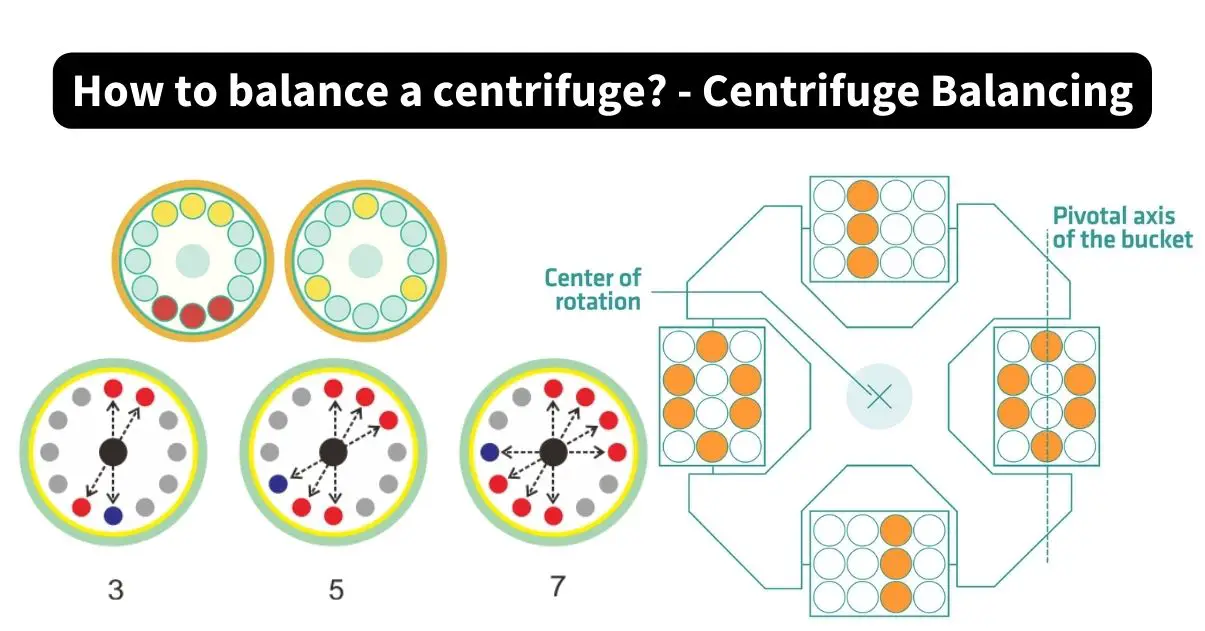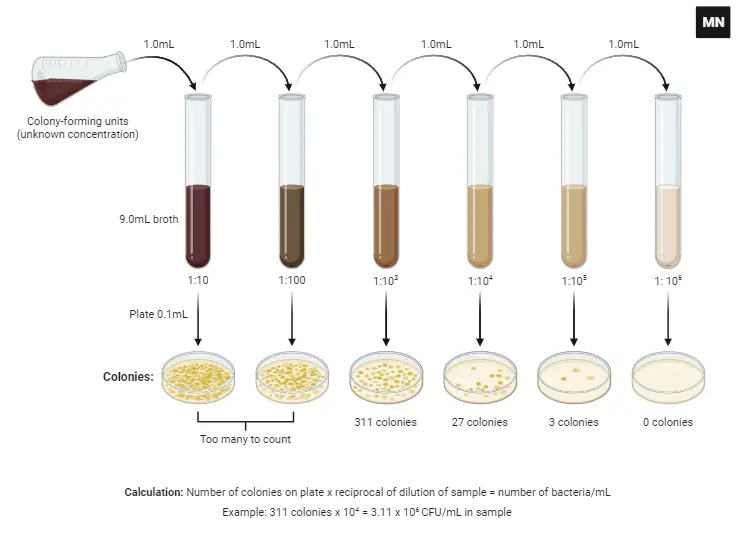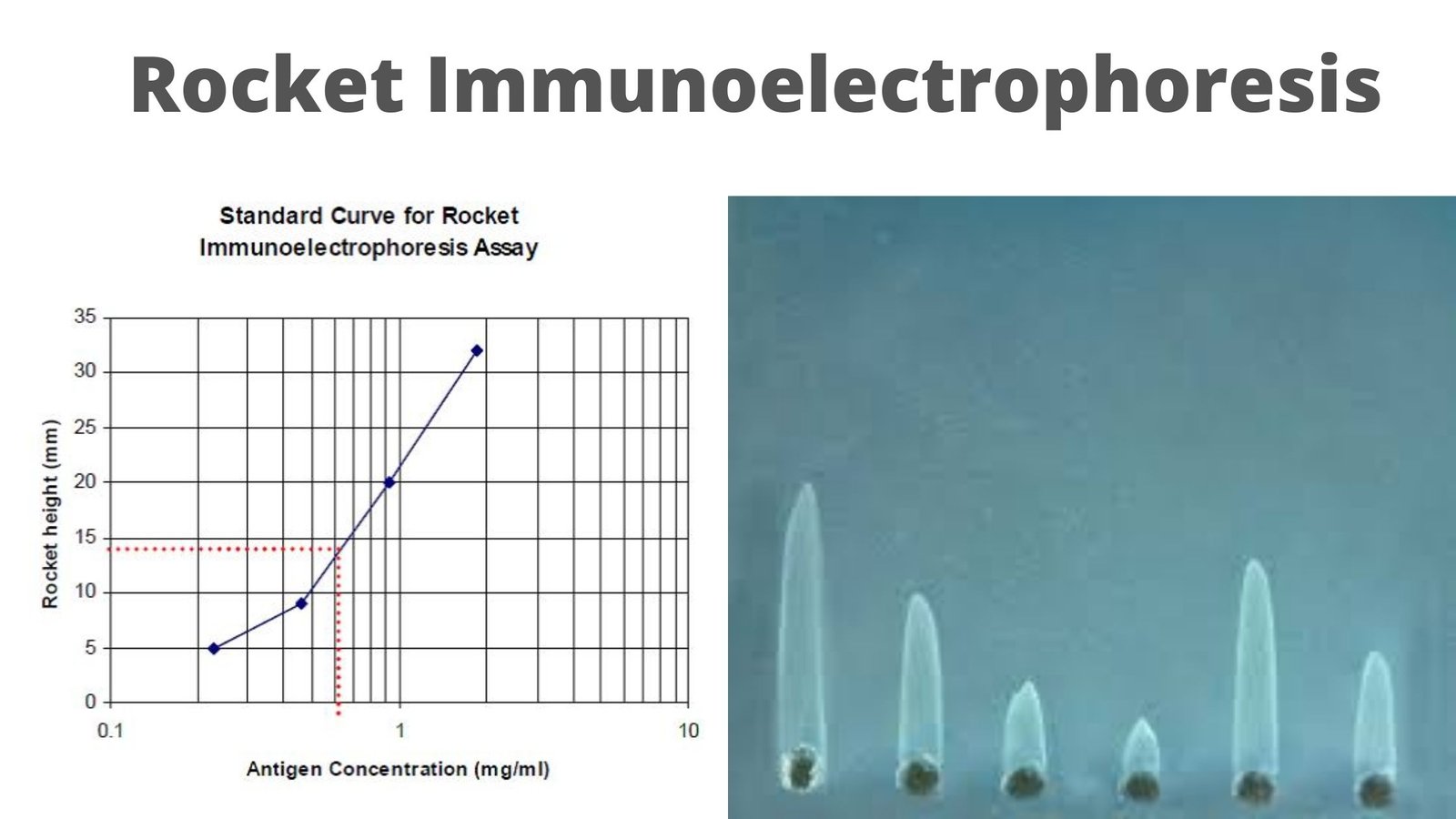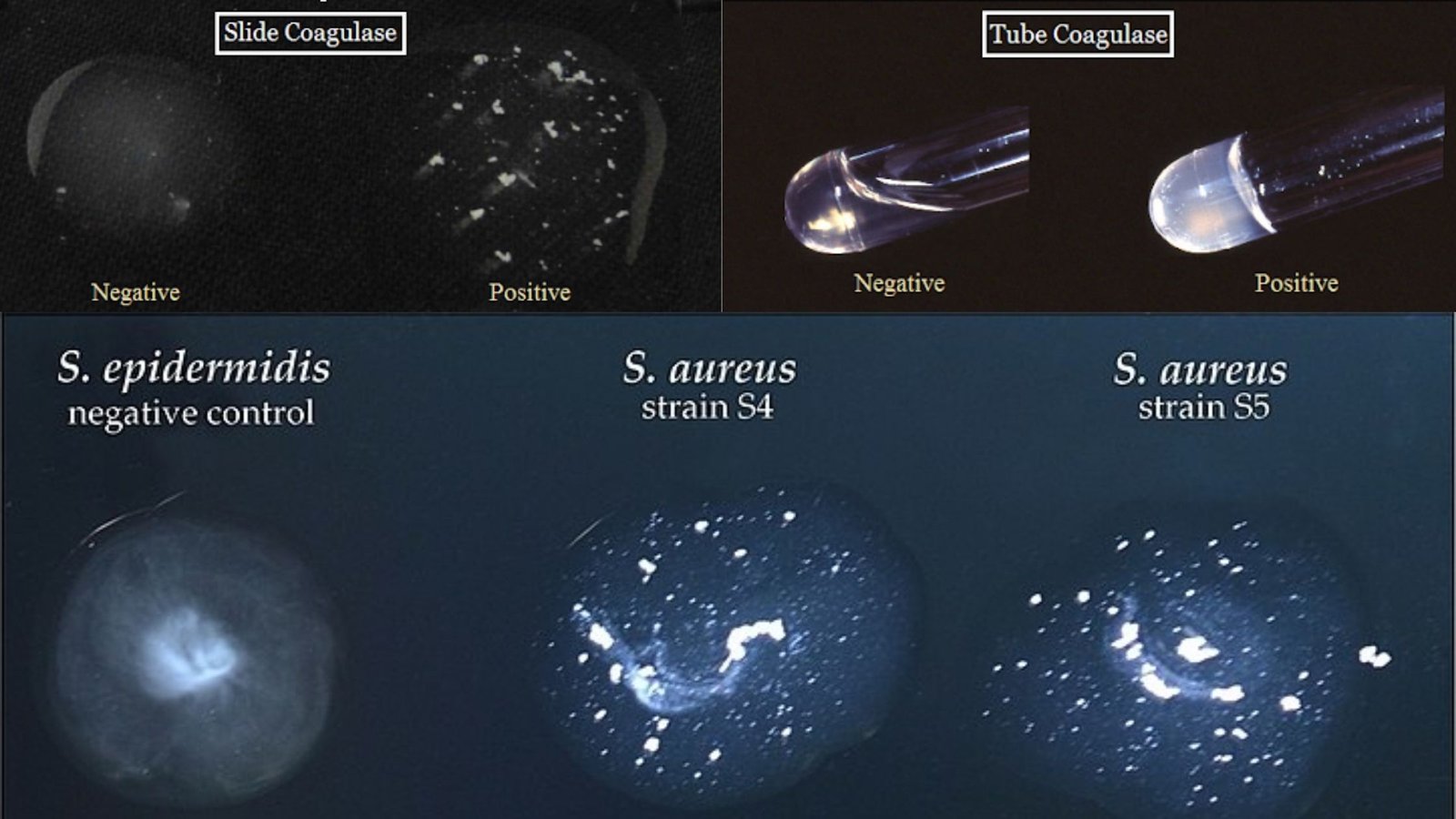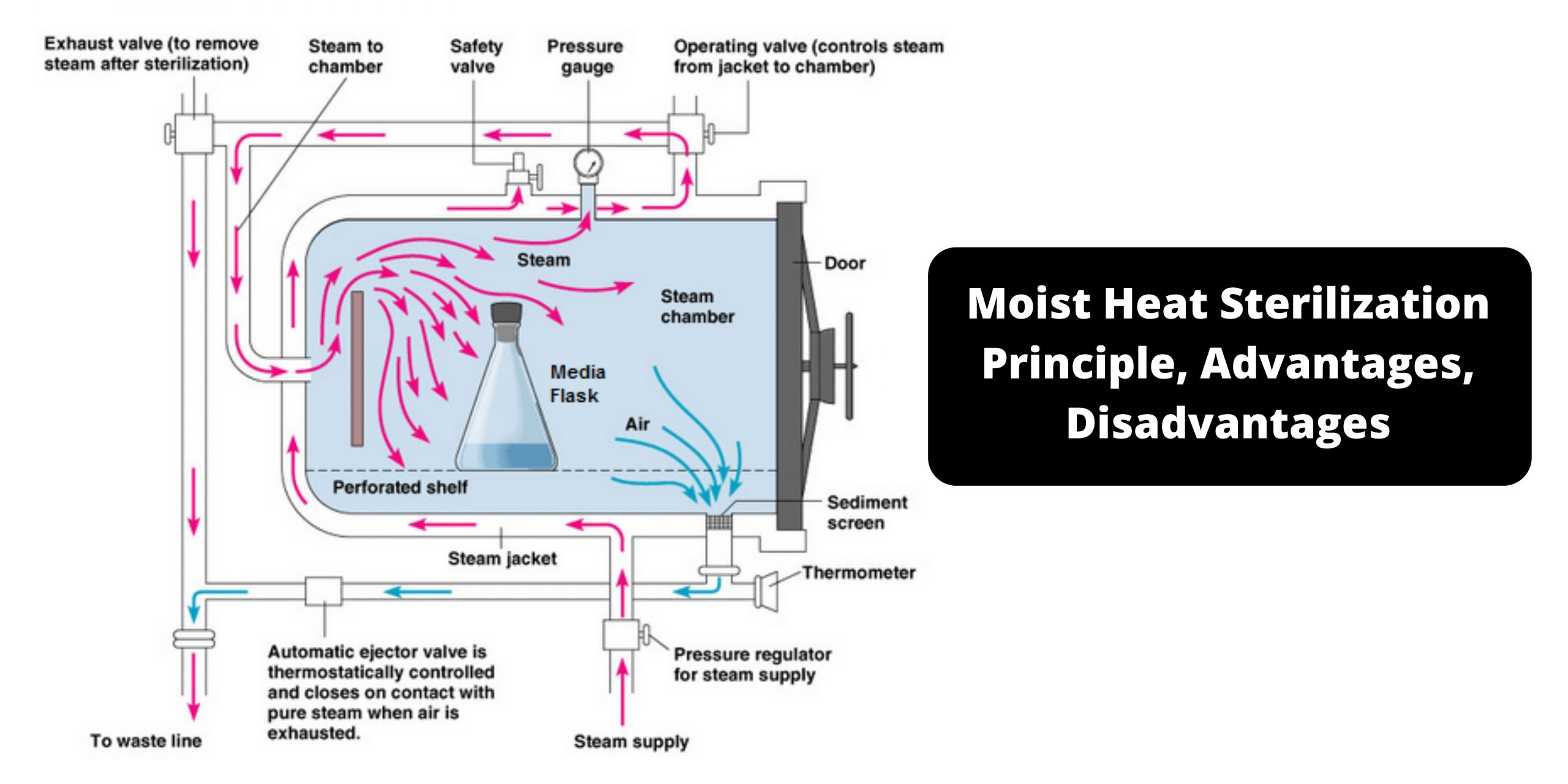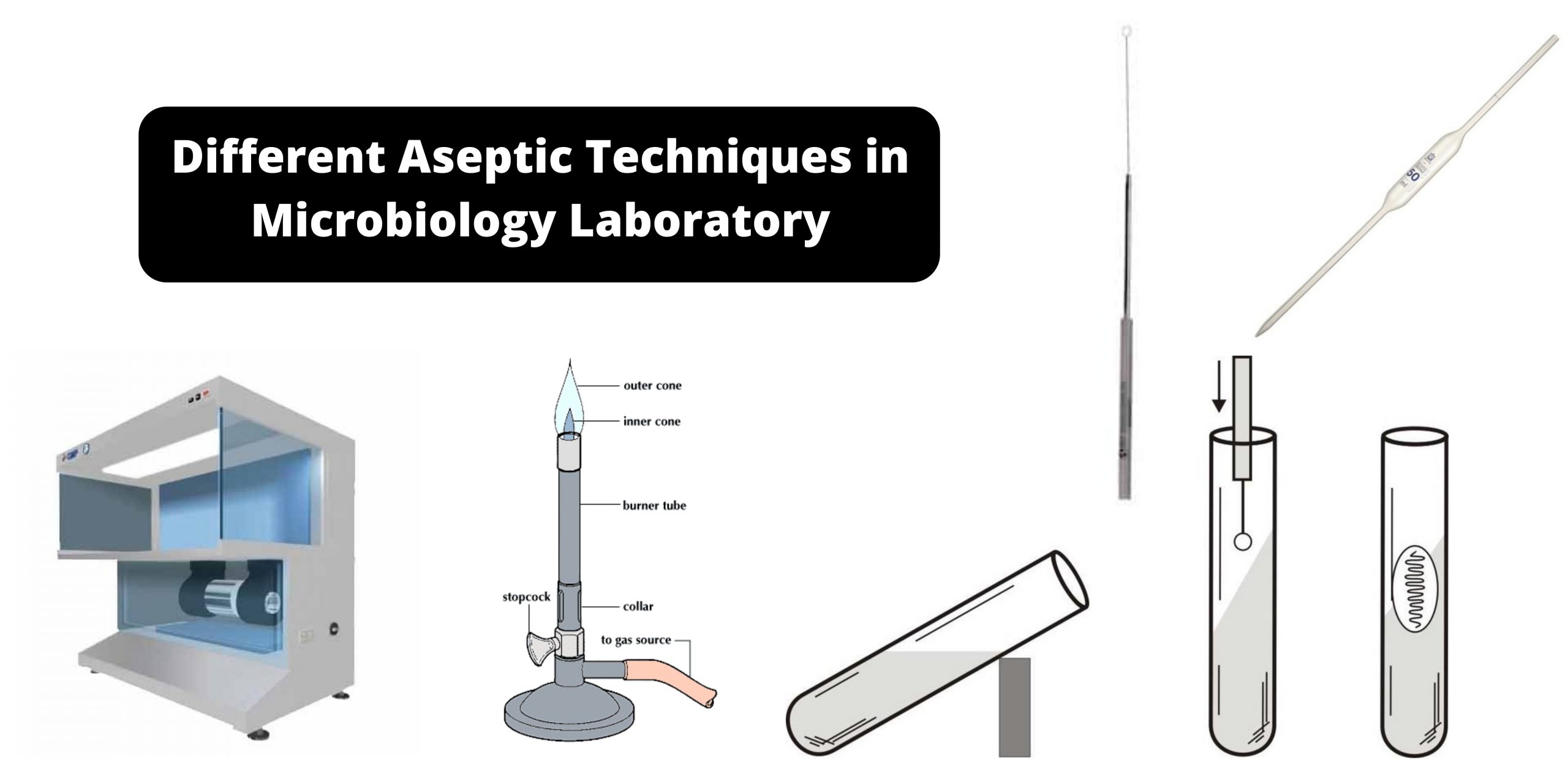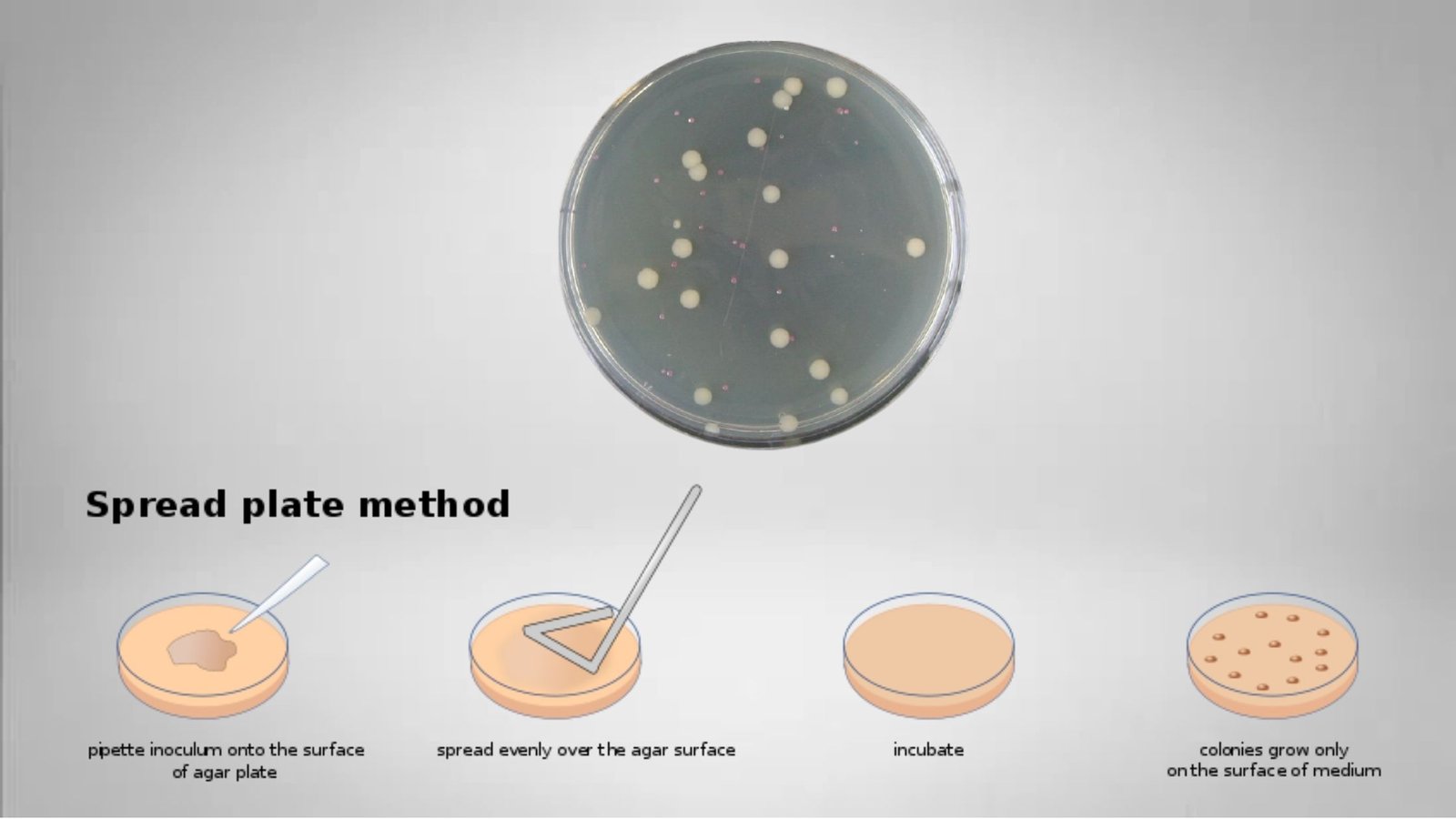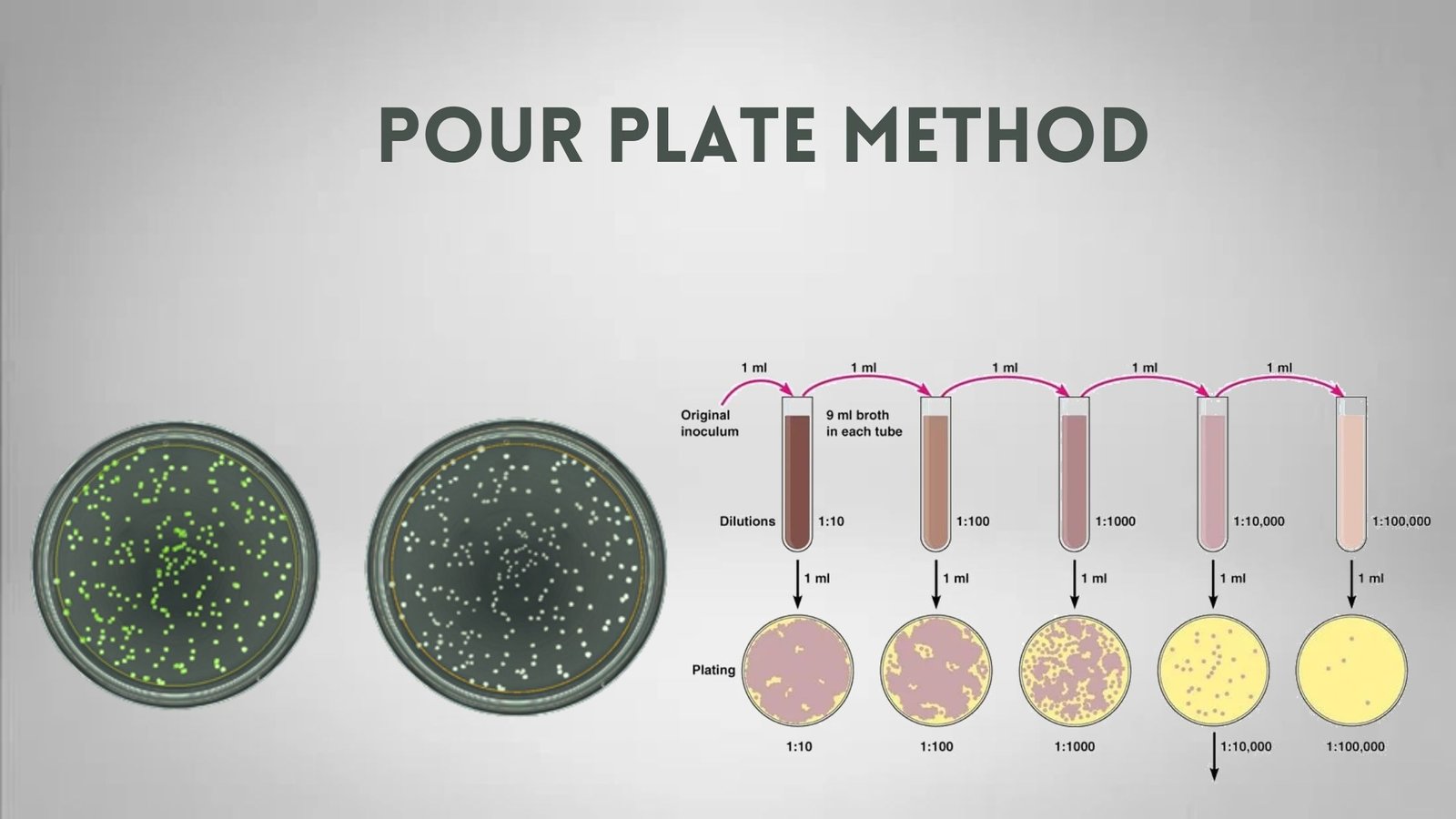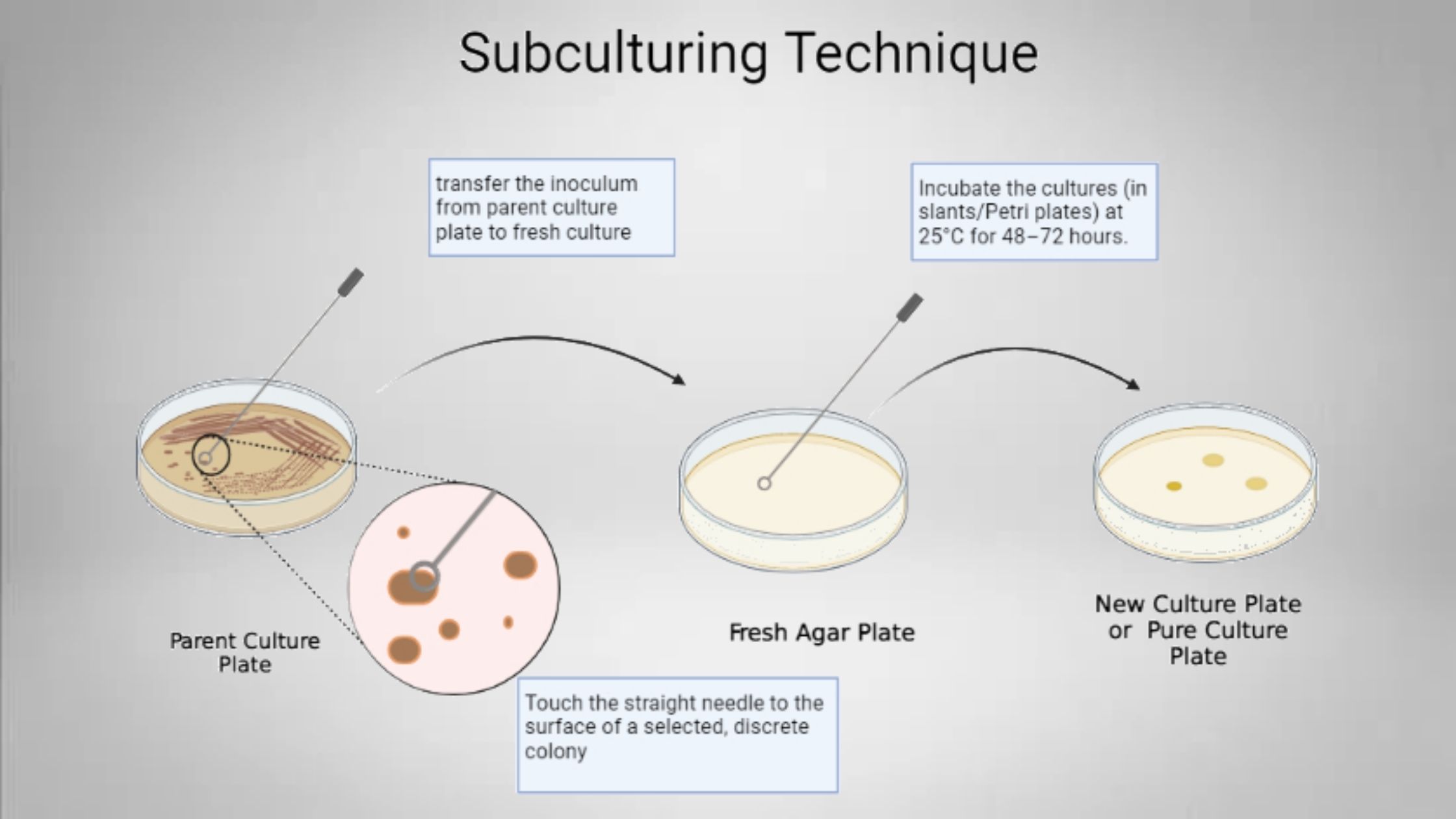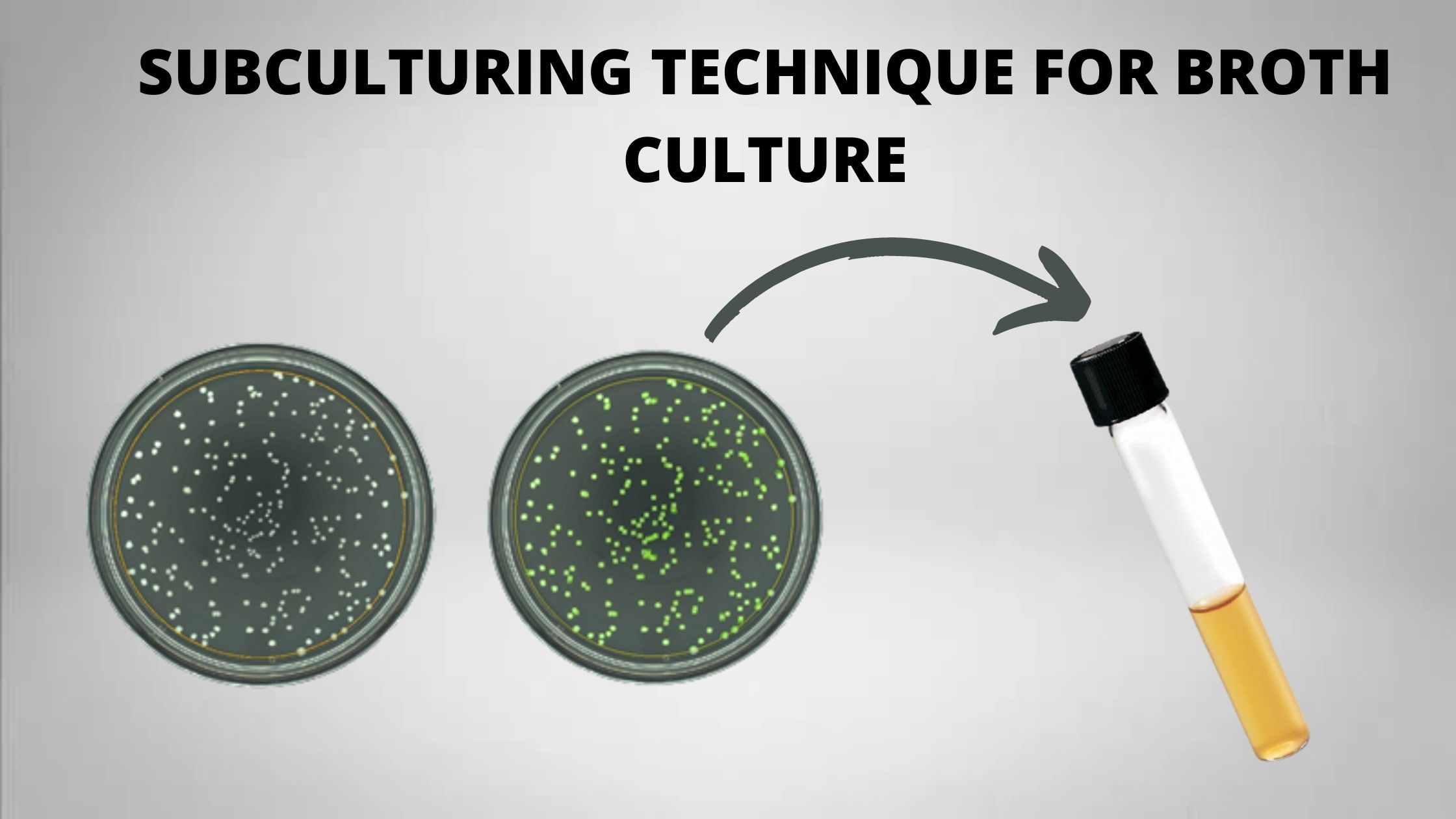How to balance a centrifuge? – Centrifuge Balancing
What is Centrifuge? What is Centrifuge Balancing? Why it is important to balance a centrifuge? – Why is centrifuge balanced? What Happens if a Centrifuge is Unbalanced? How Centrifuge Works? What is Centrifuge Tube? How to balance in different centrifuge? If you are utilising a portable benchtop instrument, you must ensure that the centrifuge is … Read more
